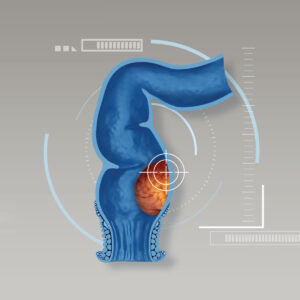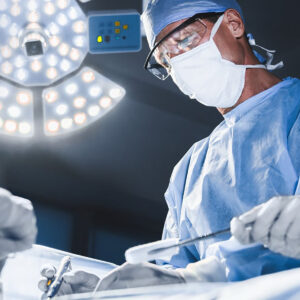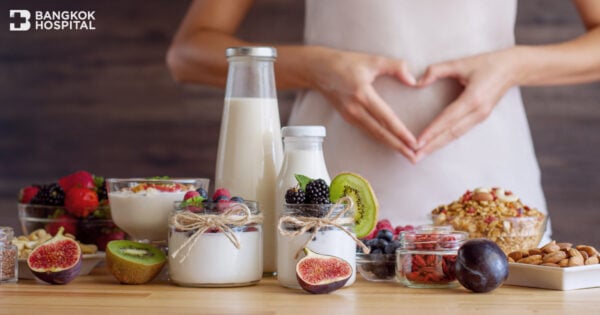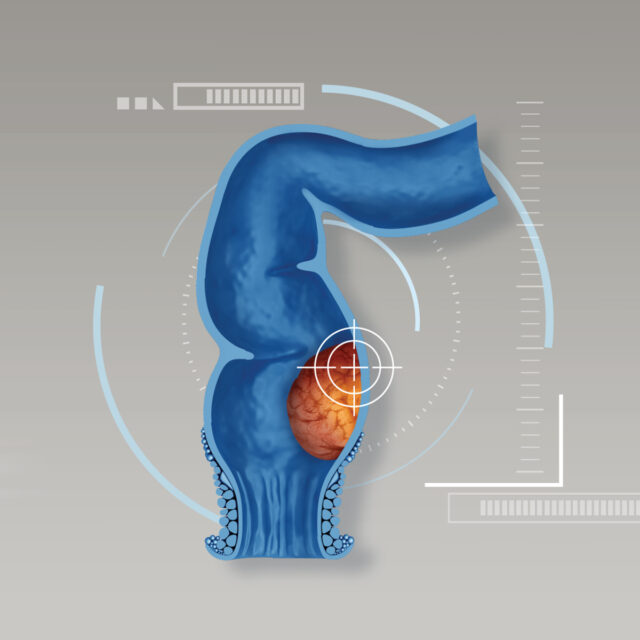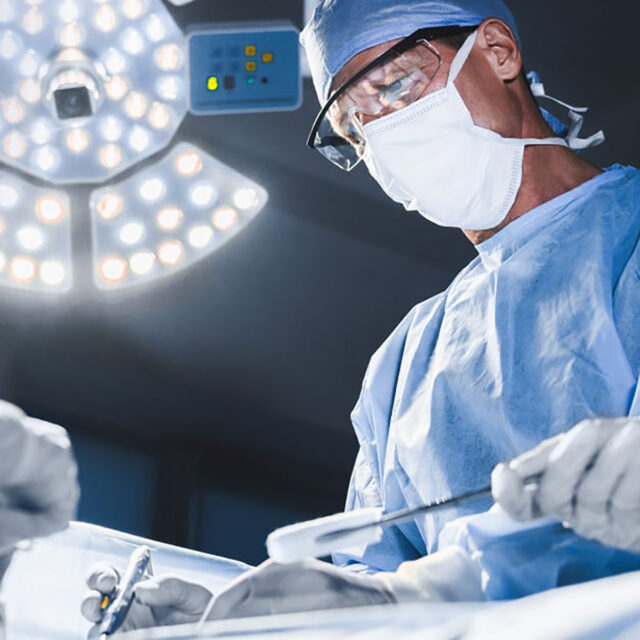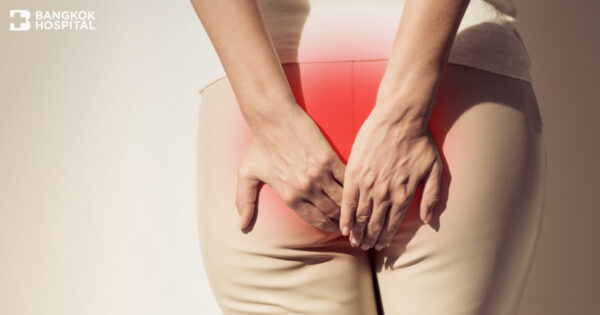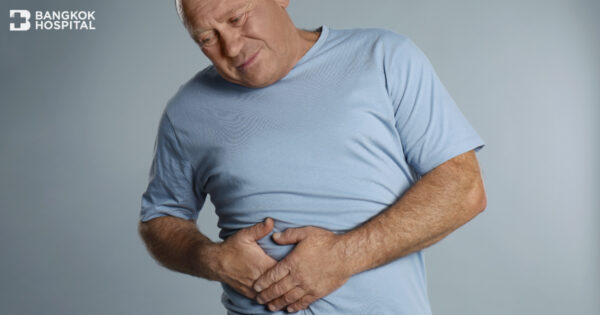The gallbladder is a pouch that stores bile, which helps digest fats in the food you eat. After the gallbladder is removed, bile will still flow through the bile duct directly into the small intestine to digest fat as usual, but it will be less concentrated. Therefore, it is necessary to take special care in what you eat for good health in the long run.
Side Effects from Gallbladder Removal
Conditions after surgery:
- Flatulence
- Indigestion after eating, especially foods with high fat content
- Diarrhea from excessive bile
Therefore, you should eat smaller portions of healthy meals instead of large meals at once. Particularly, during the first 2 months after surgery, you should eat low-fat food with high fiber to help alleviate post-operative symptoms.
Choose Low-Fat Diet
After gallbladder removal, the bile duct will dilate to store more bile. In some cases, patients can eat normally, but others may suffer from fat indigestion which causes flatulence after a high fat meal.
Normally, it is recommended that calories from fat should not exceed 20% to 35% of total calories. Choose unsaturated fats, which are found in avocado, olive oil, hard-shell nuts, whole grains and fish. Avoid saturated fat found in duck and chicken skins, meat, egg yolk, milk, and full-fat diary products. Also avoid trans fat which is present in bakery and creamer.
In case of fat indigestion, it is recommended to consume low-fat food (Less than 3 grams of fat per serving, or 1/2 teaspoon per serving).
Diet after Gallbladder Surgery
|
Type of Food |
Food to Avoid |
Recommended Food |
|
Meat and Meat Substitutes |
|
|
|
Milk and Dairy Products |
|
|
|
Rice, Flour, Whole Grain |
|
|
|
Dishes |
|
|
Choose High-Fiber Food
Diarrhea that persists after gallbladder removal surgery will improve as time goes by. Fiber intake, from whole grain such as brown rice, oat, fruit, vegetable and nuts, will minimize the condition. Increase the portion gradually to prevent nausea and vomiting. Also avoid caffeinated beverages, such as coffee, tea and spicy foods.
Eat Small Meals Frequently
Eating small portions of meal at a time can help prevent diarrhea and upset stomach, especially in the first 2 months after surgery. Eating large amounts of food and being idle or languid can lead to poor food absorption and diarrhea.
Reference & Resources
- NHS Choices: Do I Need to Change My Diet After Gallbladder Surgery?
- Nutrition and Diet Therapy: Self-instructional Approaches; Peggy Stanfield and Y.H. Hui
- Academy of Nutrition and Dietetics: Amount and Types of Fat We Eat Affect Health and Risk of Disease: Updated Position of Academy of Nutrition and Dietetics
- Institute of Medicine: Dietary Reference Intakes – Macronutrients
- Oprah.com: What to Eat After a Gallbladder Removal

